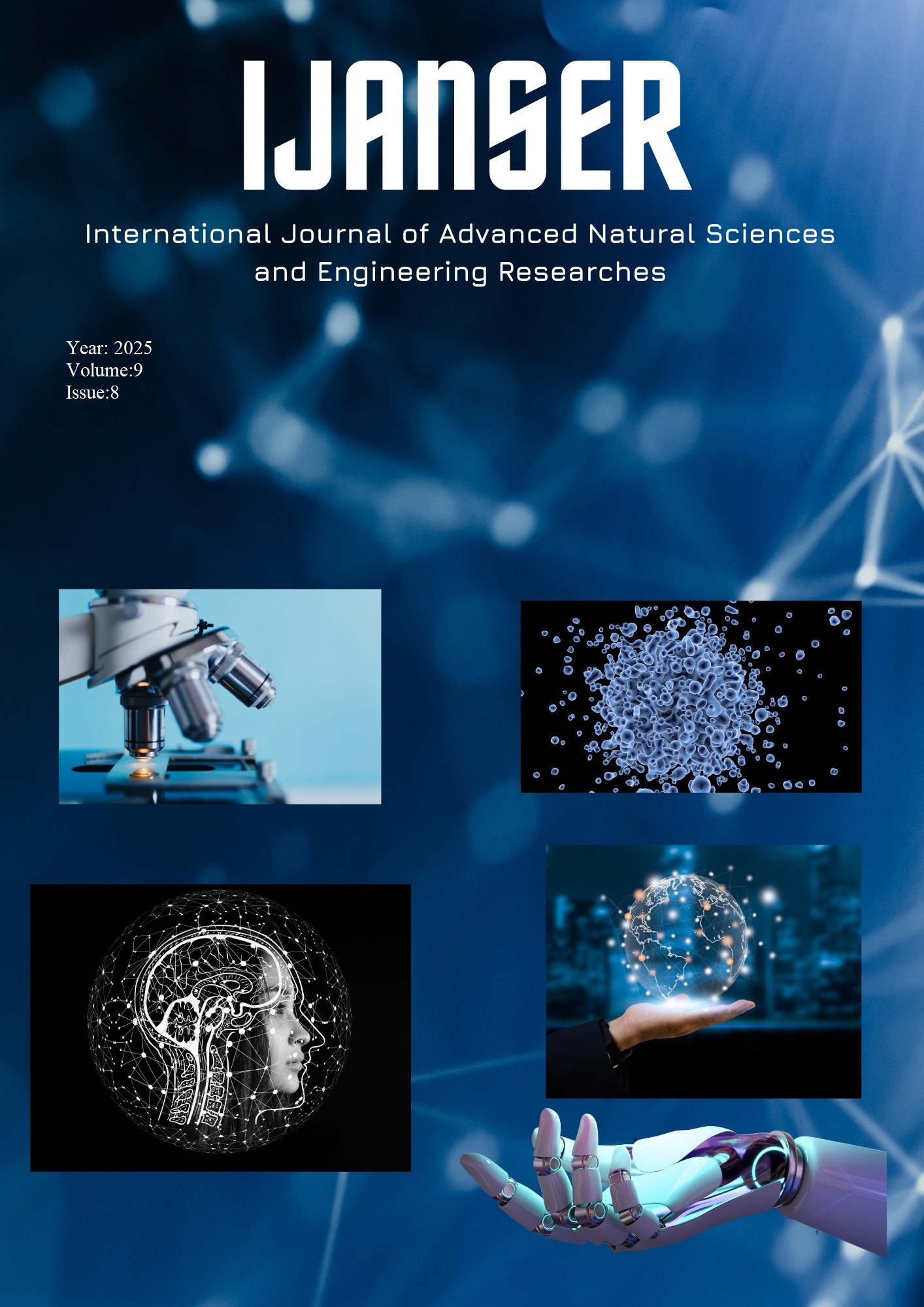Sustainable Construction Practices in Turkey: Carbon and Energy Performance of LEED-Certified Buildings in Istanbul
Keywords:
LEED Certificate, Sustainable Housing, Energy Efficiency, Water Efficiency, Indoor Environmental Quality, Materials and Resources, Innovative Applications, Regional Priority Credits, Multi-Family Residential Projects, Environmental PerformanceAbstract
This study presents a comparative analysis of the sustainability performance of LEED certified
multi family residential projects implemented in Turkey. Two distinct groups of projects, holding Gold
and Silver certification levels respectively, were examined. The projects were evaluated based on seven
primary criteria established by the LEED certification system: Sustainable Sites, Water Efficiency,
Energy and Atmosphere, Materials and Resources, Indoor Environmental Quality, Innovation, and
Regional Priority Credits. A total of over 35 projects were included in the analysis, with their criterion
specific scores and overall certification points reviewed. The data were sourced from official LEED
certification reports and analyzed using quantitative methods. Mean scores and standard deviations were
calculated to identify performance differences between projects. Additionally, qualitative data such as
project type and ownership were incorporated into the evaluation. The results indicate that Gold certified
projects generally demonstrate higher performance compared to Silver certified ones. Gold projects
exhibited significant advantages in critical criteria such as energy efficiency and sustainable site
utilization. Nevertheless, areas with potential for improvement were identified across both groups.
Notably, differences were observed among projects in terms of material usage and innovative
applications. This study provides an important reference for assessing the quality and efficiency of
sustainable building practices. The findings offer guidance for reducing environmental impacts and
advancing sustainability objectives within the residential sector.
There are no commercial or institutional affiliations between the institutions and projects included in this
study.
Downloads
References
Pekdoğan, T. (2024). Addressing challenges in LEED green building ratings in Türkiye. Građevinar, 76(7): 621–631, DOI:10.14256/JCE.3860.2024
EnergyX DY Building (2023). plus Zero Energy Building example in South Korea.
Akşit, Ş.F., Baştanoğlu, E. (2021). A review of LEED green building certification systems in Europe and Turkey. ITU Journal of Faculty of Architecture, 18(1), DOI:10.5505/itujfa.2021.72473
Ribeiro, L.M.L., Scolaro, T.P., Ghisi, E. (2025). LEED Certification in Building Energy Efficiency: A Review of Its Performance Efficacy and Global Applicability. Sustainability, 17(5):1876
Rebelatto, B. G., Salvia, A. L., Brandli, L. L., & Leal Filho, W. (2024). Examining Energy Efficiency Practices in Office Buildings through the Lens of LEED, BREEAM, and DGNB Certifications. Sustainability, 16(11), 4345. https://doi.org/10.3390/su16114345
Guy R. Newsham, S. Mancini, B.J. Birt. (2009). Do LEED certified buildings save energy? Energy and Buildings, 41(8):897–905
Chen, Y., Yin, R. (2022). Estimating electricity saving potential in small offices using adaptive thermal comfort. arXiv preprint
United Nations Environment Programme (UNEP). (2020). 2020 Global Status Report for Buildings and Construction. https://www.unep.org/resources/report/2020-global-status-report-buildings-and-construction
John H. Scofield. (2009). Do LEED certified buildings save energy? Not really. Energy and Buildings, 41(12):1386–1390
United States Green Building Council (2025), https://www.usgbc.org/projects?Country=%5B%22Turkey%22%5D
International Energy Agency (IEA). (2021). Global Energy Review: CO2 Emissions in 2021. https://www.iea.org/reports/global-energy-review-co2-emissions-in-2021
United Nations General Assembly Resolution. Transforming Our World: The 2030 Agenda for Sustainable Development; United Nations: New York, NY, USA, 2015.
Kılıç Erdim, Y. &Şahin A. Y. (2025). Geri Dönüştürülmüş Plastik Atık Malzemeler ile Beton Üretimi: Yapısal Performans ve Sürdürülebilirlik, International Journal of Advanced Natural Sciences and Engineering Researches, 9(8), 11-18.
Ahmed, A.; Ge, T.; Peng, J.; Yan, W.-C.; Tee, B.T.; You, S. Assessment of the Renewable Energy Generation towards Net-Zero Energy Buildings: A Review. Energy Build. 2022, 256, 111755.
Şahin, A. Y., & Kılıç Erdim, Y. (2025). Çevresel Afetlere Karşı Dayanıklı Yapılar: İklim Değişikliği Ve Yapısal Adaptasyon Stratejileri. 1. International Agra Kongresi.
Chrysikopoulos, S.K.; Chountalas, P.T.; Georgakellos, D.A.; Lagodimos, A.G. Green Certificates Research: Bibliometric Assessment of Current State and Future Directions. Sustainability 2024, 16, 1129.
Zuo, J.; Zhao, Z.-Y. Green Building Research–Current Status and Future Agenda: A Review. Renew. Sustain. Energy Rev. 2014, 30, 271–281.
Şahin, A. Y., & Kılıç Erdim, Y. (2025). Sıfır Enerji Binalarına Yönelik Yapısal Tasarım Ve Malzeme Seçimi. 1. Uluslararası Bilsel Erzurum Kongresi.
Ali, H.H.; Al Nsairat, S.F. Developing a Green Building Assessment Tool for Developing Countries—Case of Jordan. Build. Environ. 2009, 44, 1053–1064.





